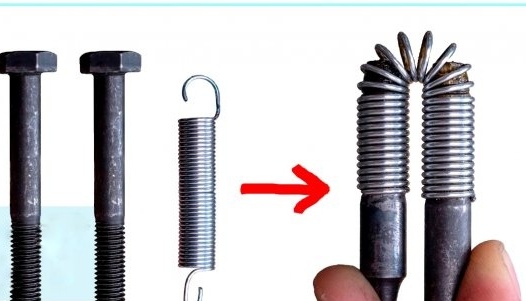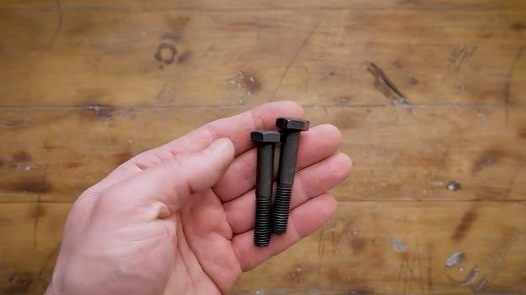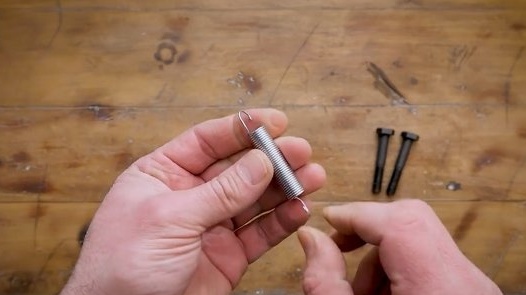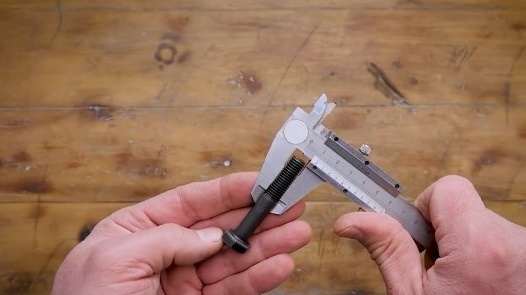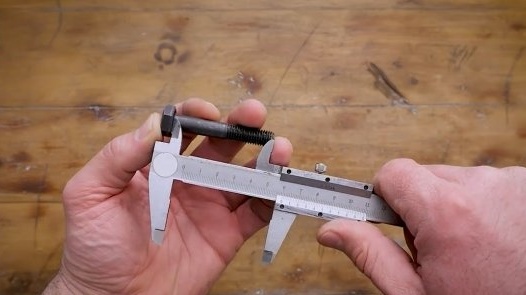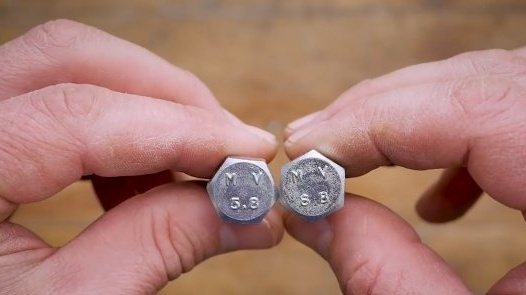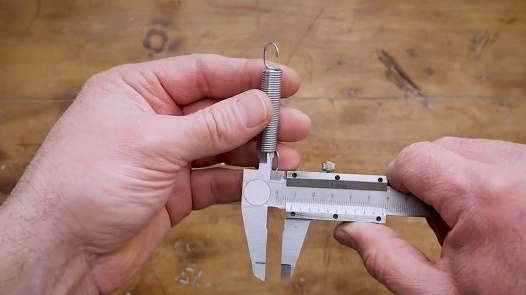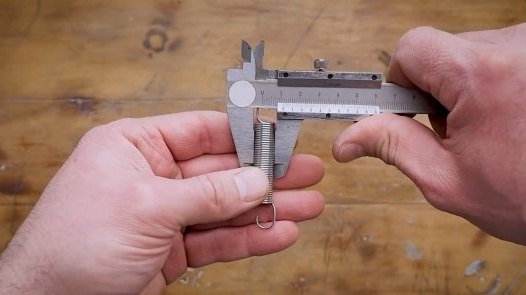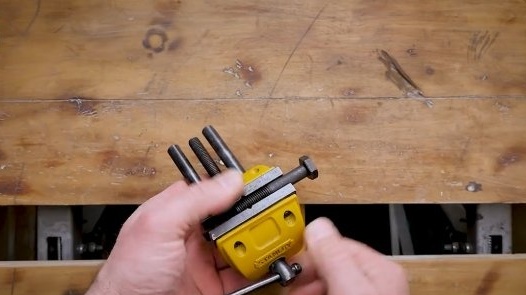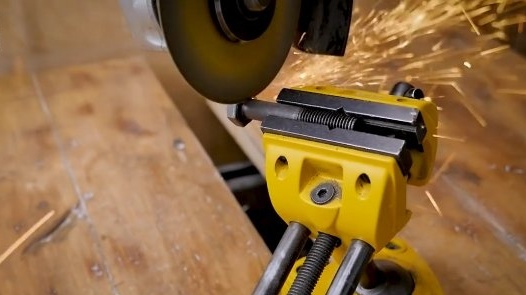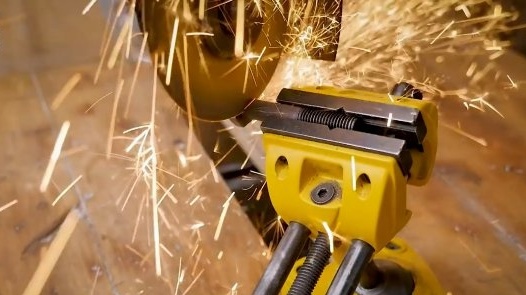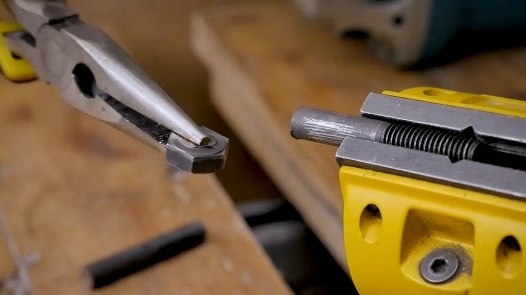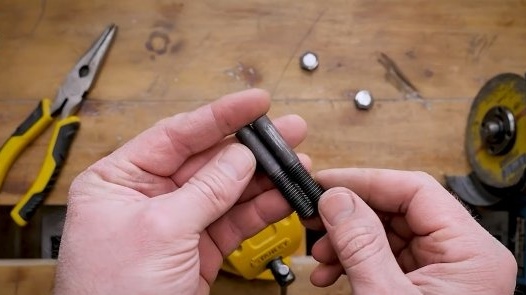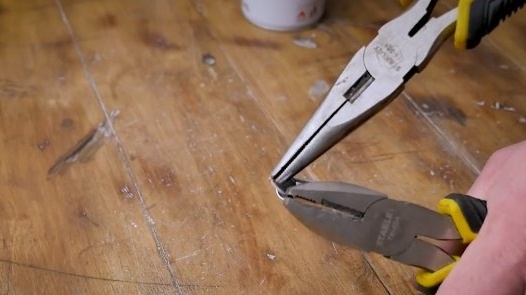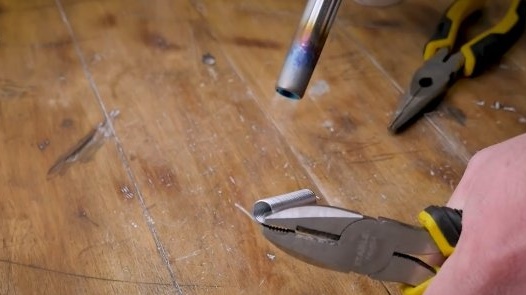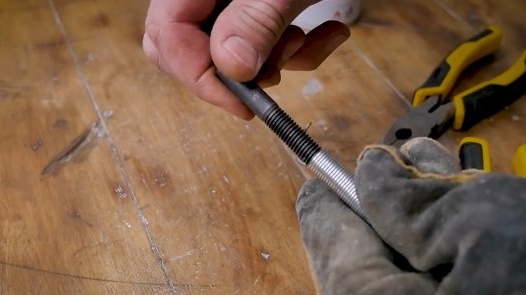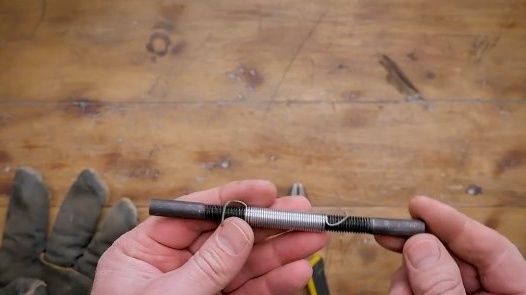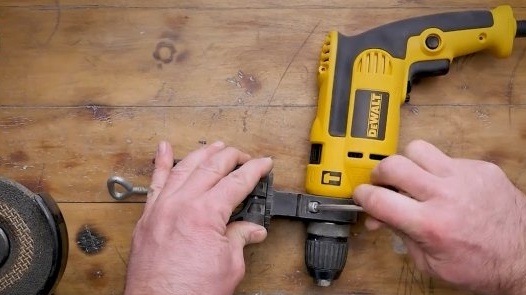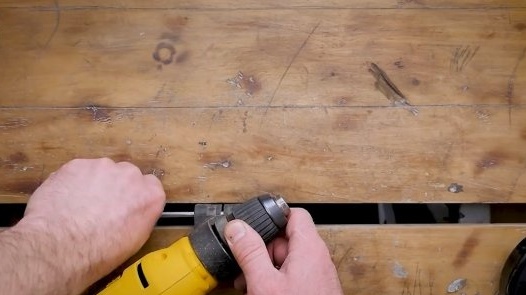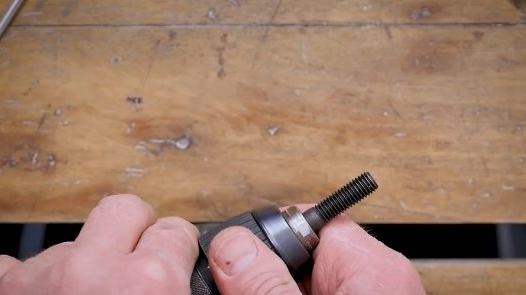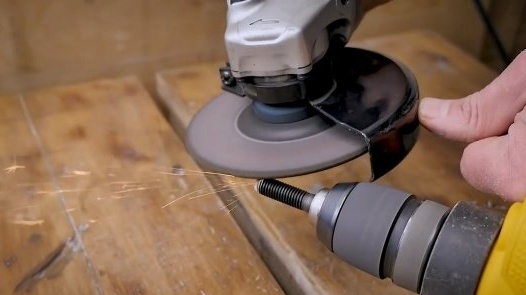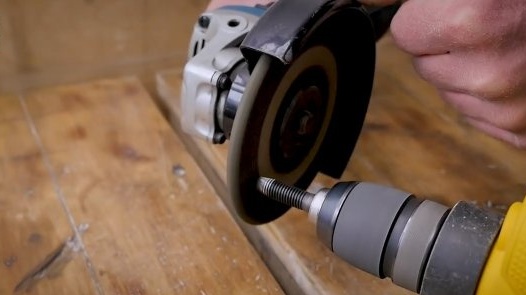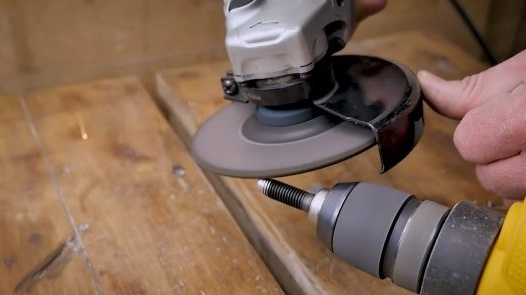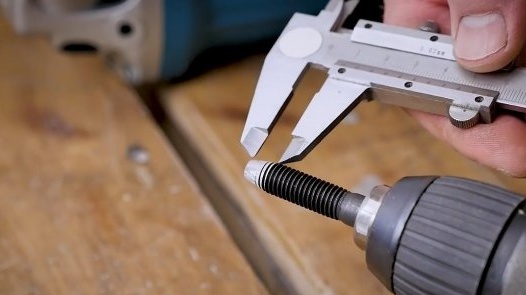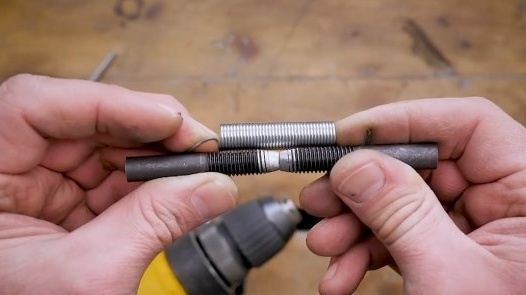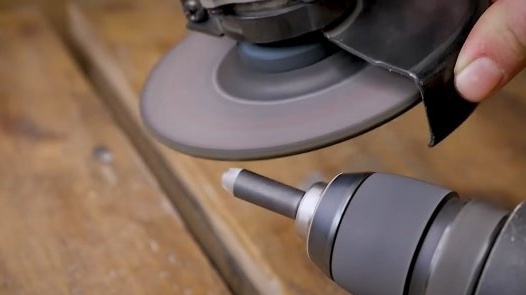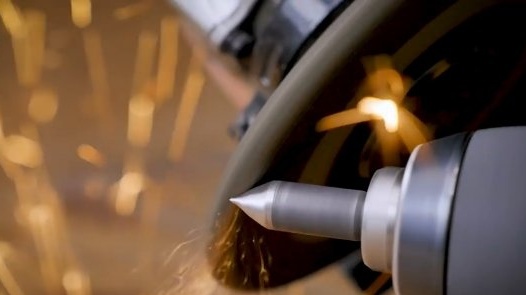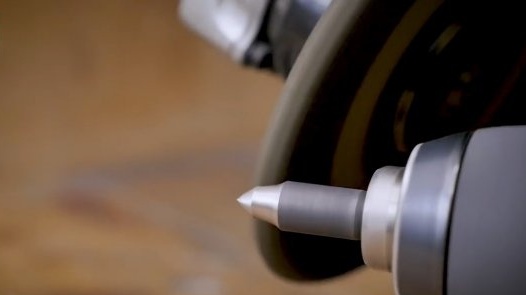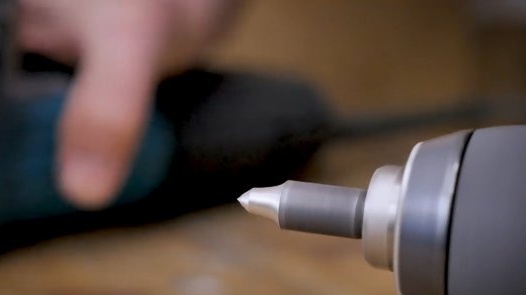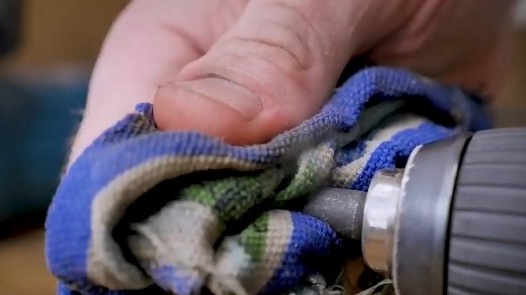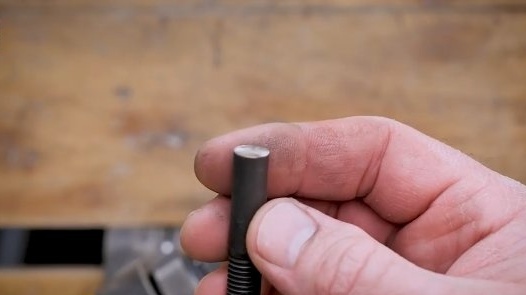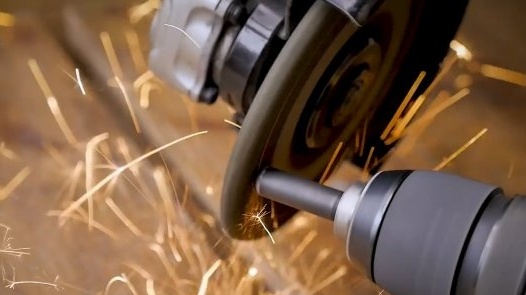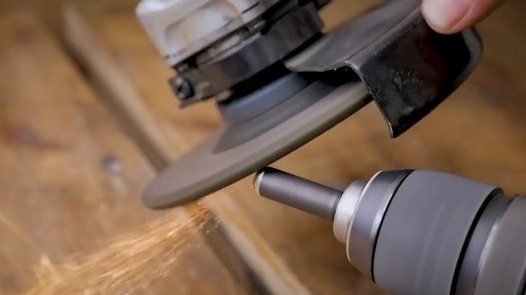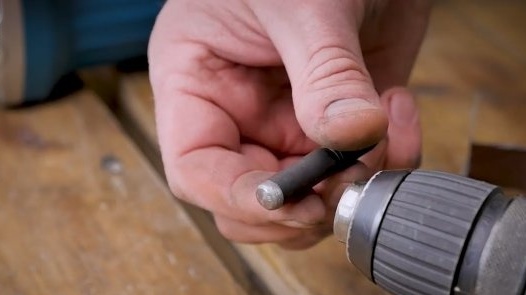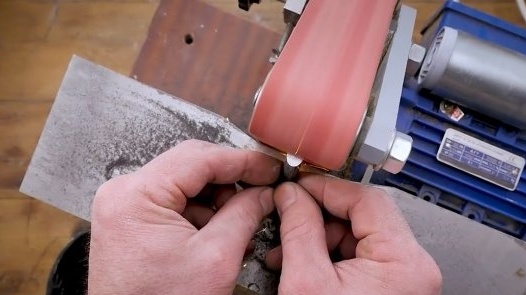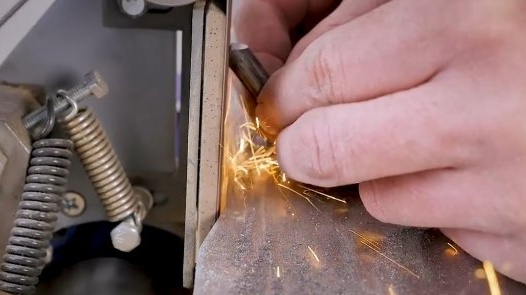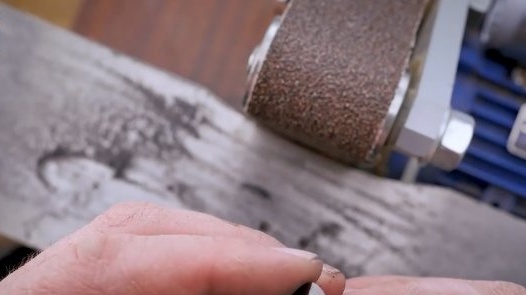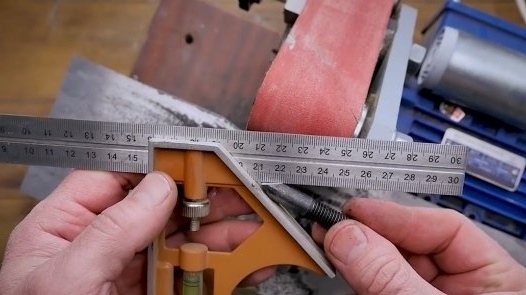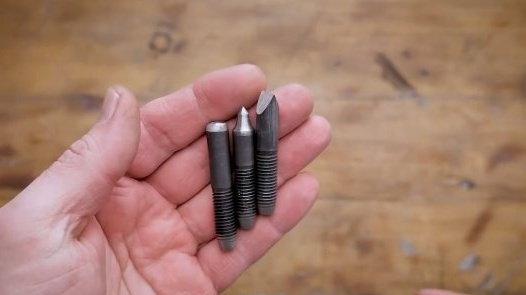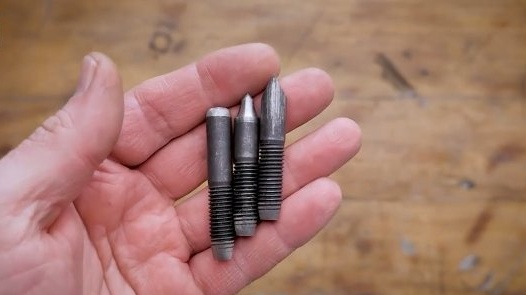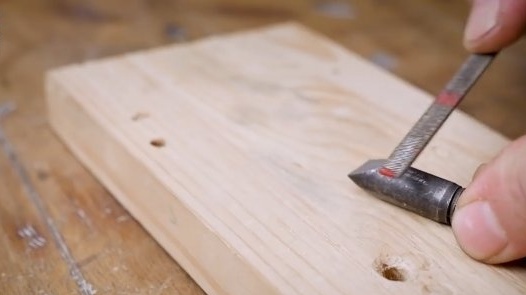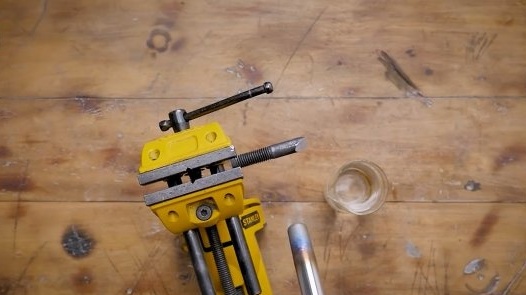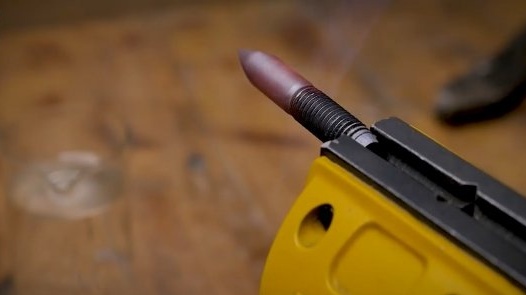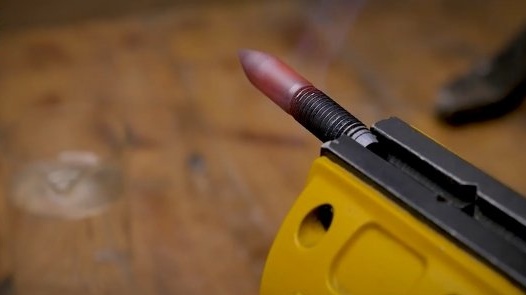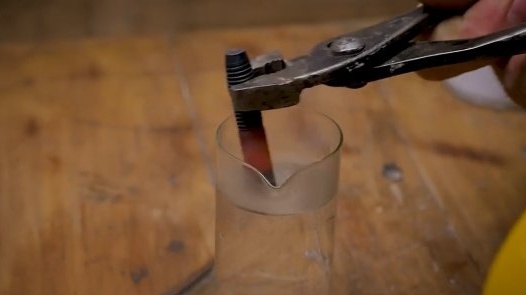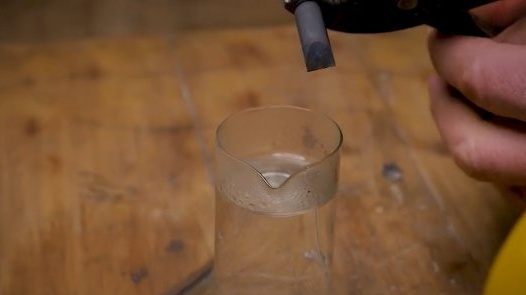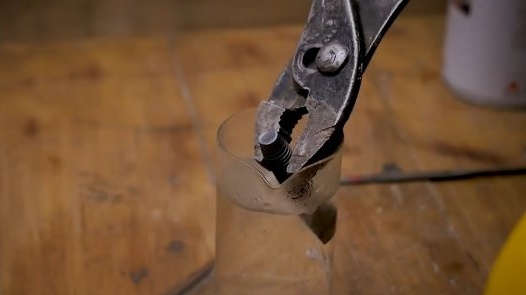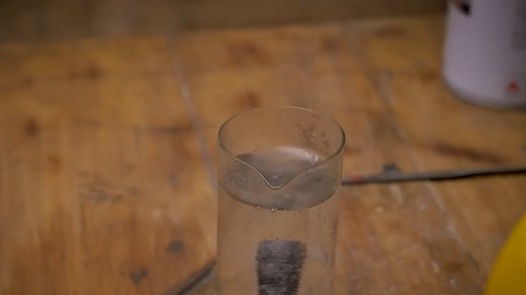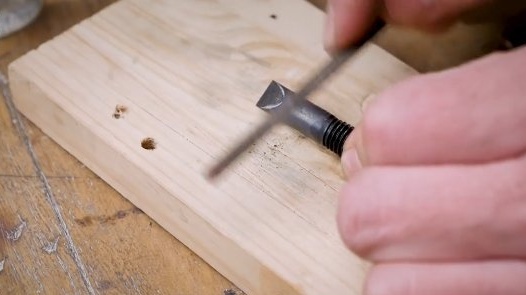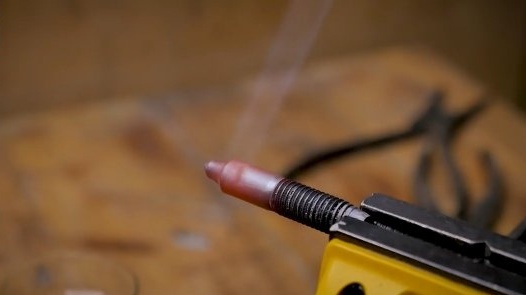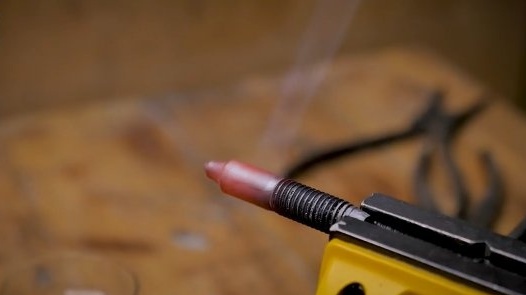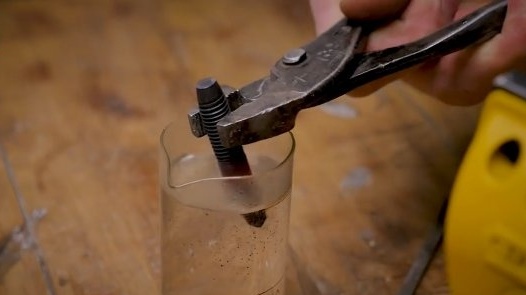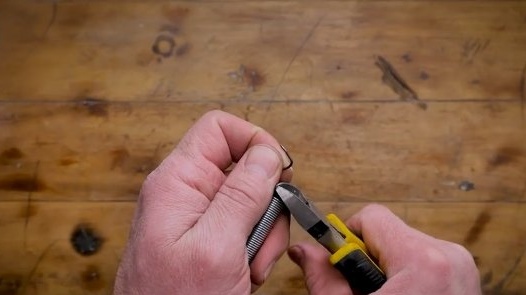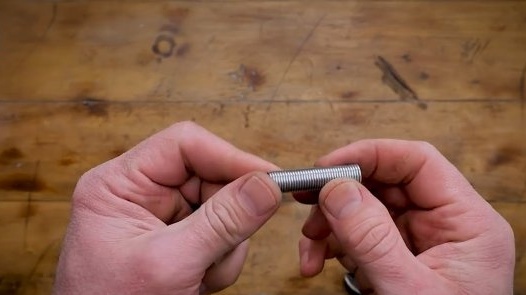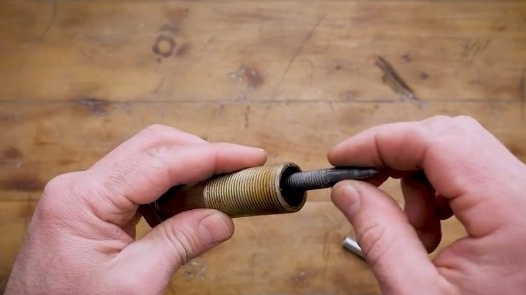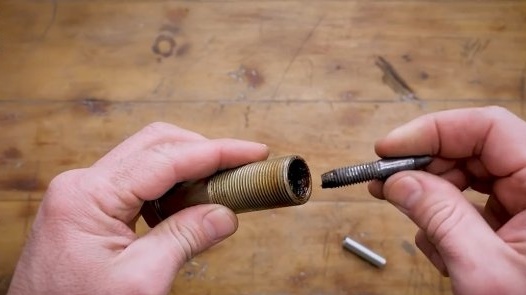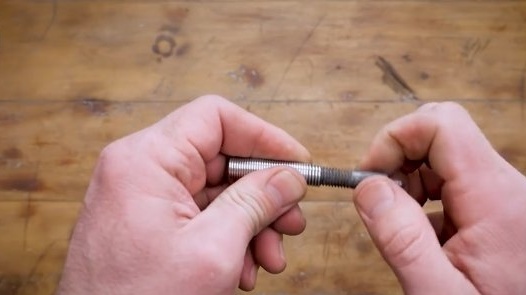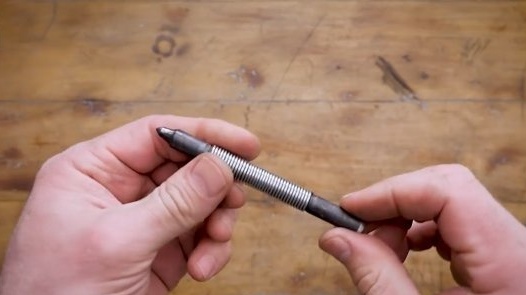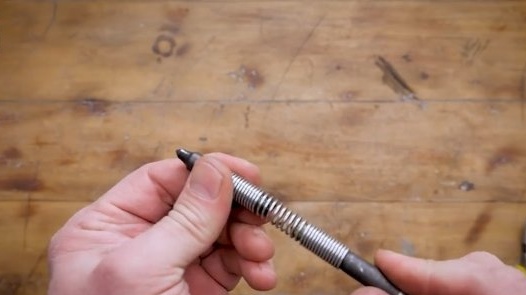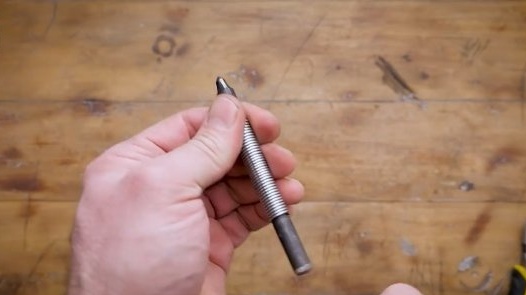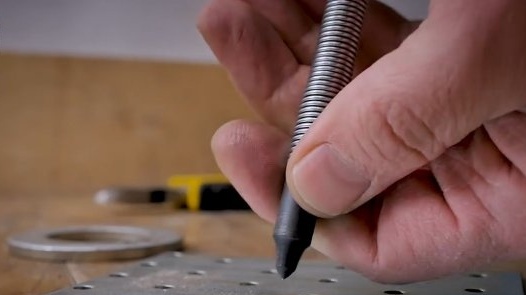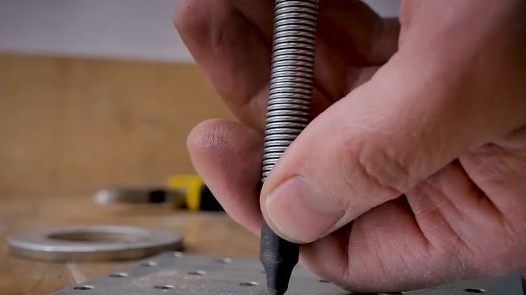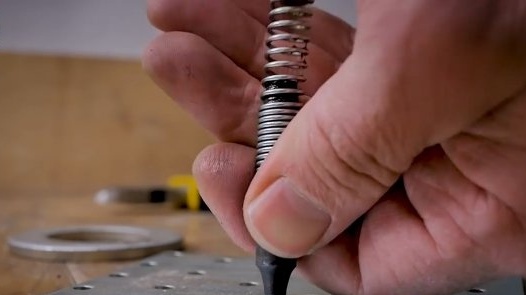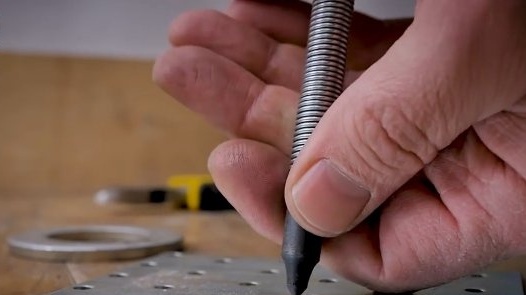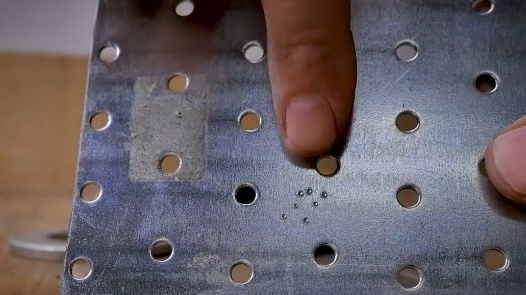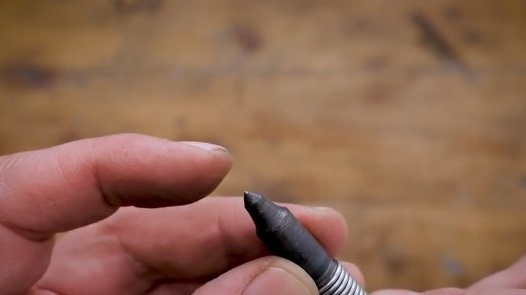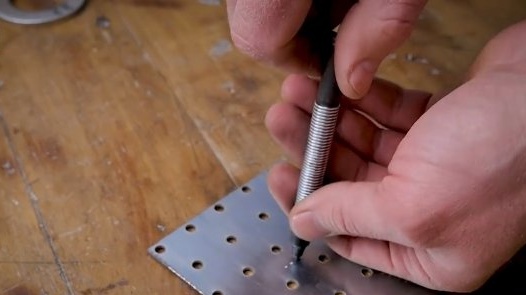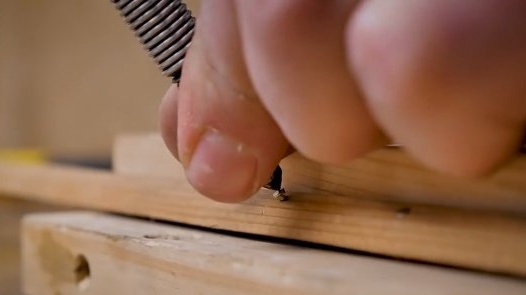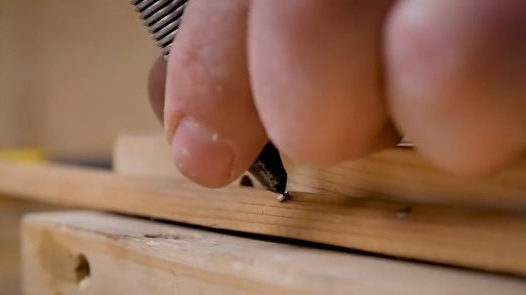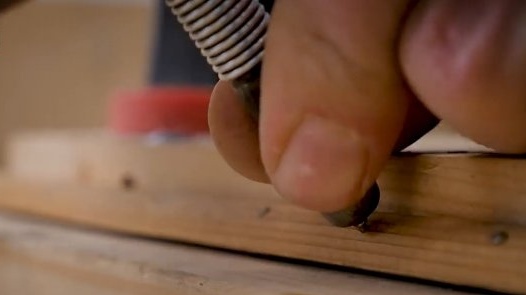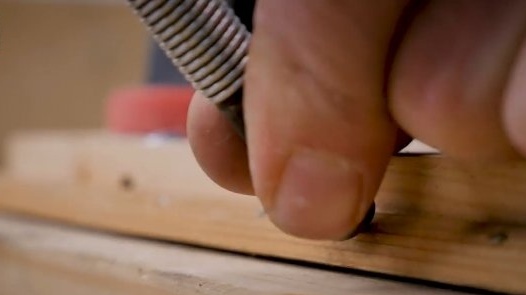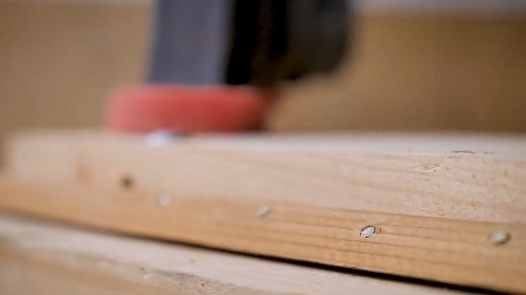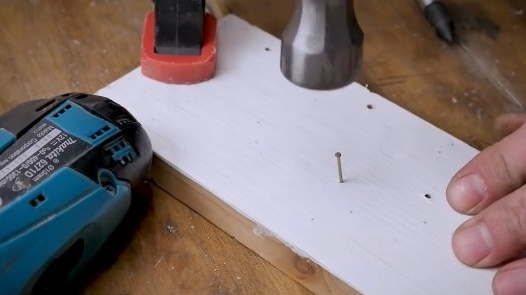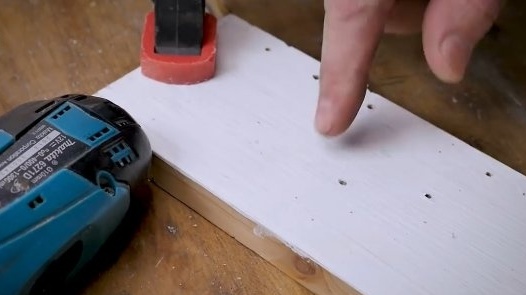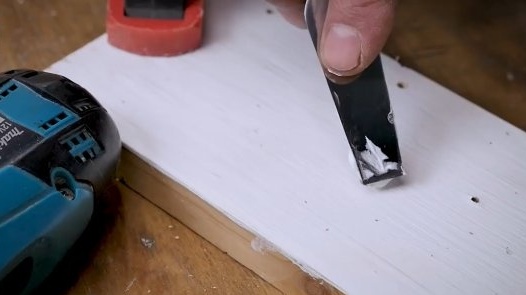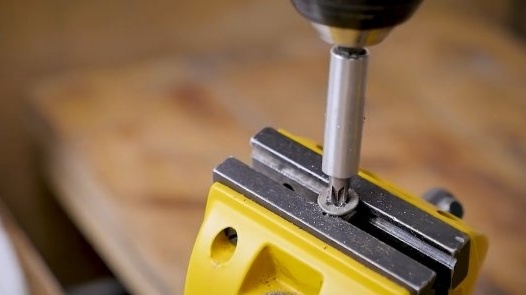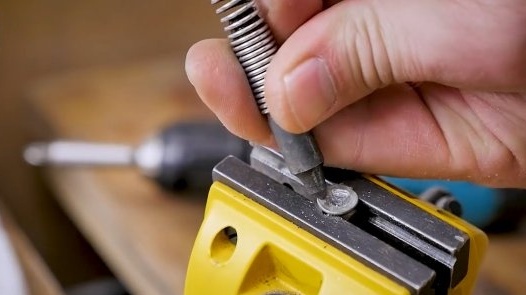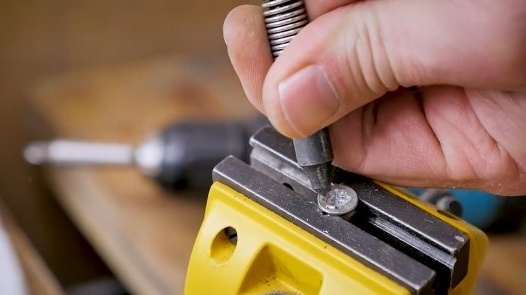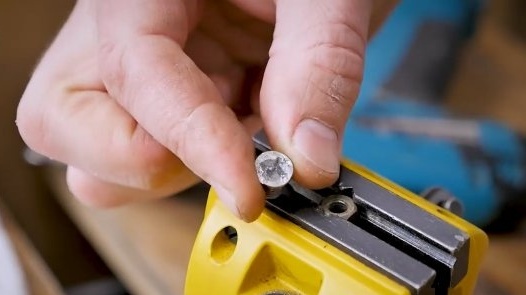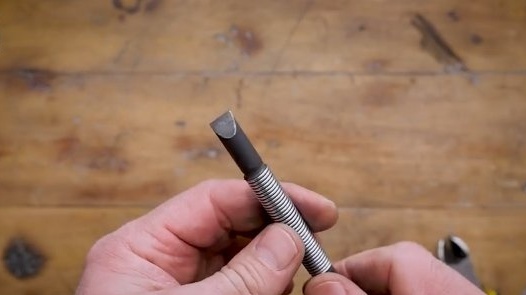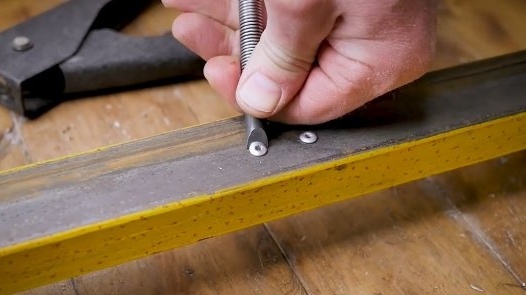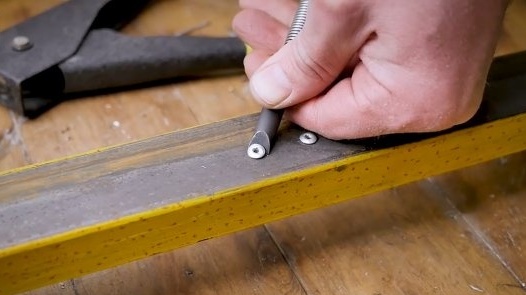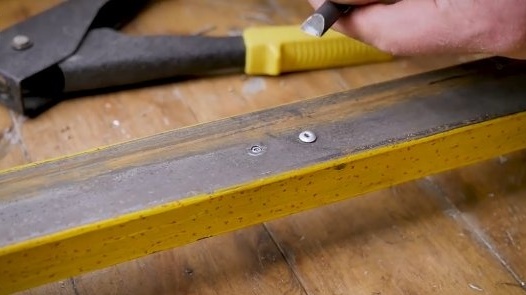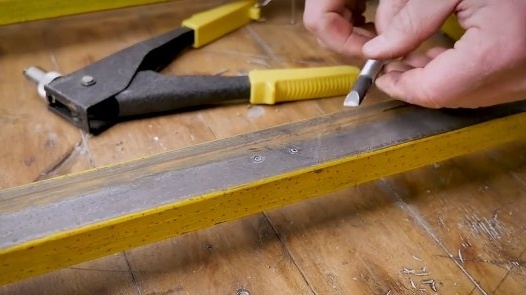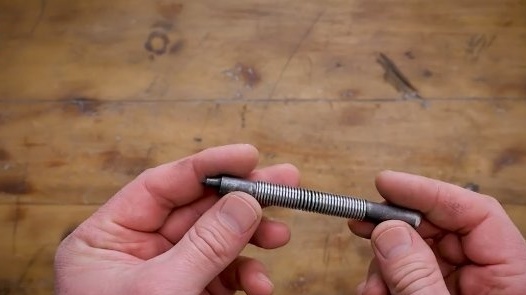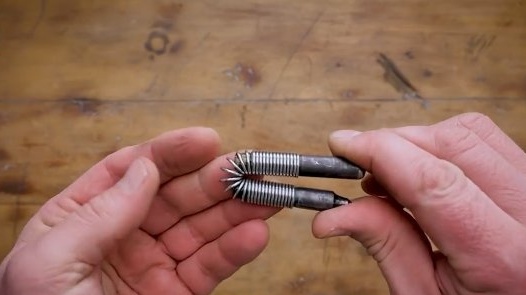In this article, the author of the Stroyhak YouTube channel will tell you how to make a multi-functional spring core.
The author saw the idea for this homemade product on the Internet, which talked about interesting multifunctional tools. How to make the same, but faster and cheaper? Let's get it right.
Materials
- Carbide bolts M10
- spring
- Solidol.
Instruments, used by the author.
- Belt sander
- Grinder, cutting disc
- Drill, or screwdriver
- Gas-burner
- Vise, pliers, wire cutters
- Caliper, square
- File.
Manufacturing process.
For today's homemade, we need two bolts, and one such spring.
So, the diameter of our bolt is 10 mm, and its length is 60 mm. The bolt has other characteristics - this is the strength class, which in our case is 10. The second digit is the accuracy limit, which is 9, but we certainly do not need this parameter for nothing.
But such bolts categorically do not fit, they are too soft.
The spring has an internal diameter of slightly more than 8 mm, and an external slightly more than 11 mm. The author bought it at a construction supermarket.
First, the bolts need to cut off their heads.
At the spring you need to bend the hooks. Whether the hooks should be completely cut off, the author has not yet decided. So that they do not bother us, just bend them to the side. It is advisable, of course, to preheat them with a gas burner so as not to break the spring steel.
Now nothing prevents the bolts from either side or the other.
To create a working space, we need to remove part of the thread so that it does not have contact with the spring.
Change the disc of the grinder to the cleanup, and fix the drill in the position we need. Clamp the bolt in the cartridge.
Now, carefully remove part of the thread from our bolts.
Now when we screw the bolt into the spring, we will have about 2 centimeters of free travel, which is what we need.
Next, on each of the bolts, it is necessary to form the working parts. In order not to overheat the workpiece, periodically cool it with a damp cloth.
So, the first bolt has been processed, and with the second everything is much simpler here. Just smooth the edges, forming a small oval.
Also, pull out an additional flat nozzle from the third bolt. You can make it with the help of a grinder, but it is more convenient to use a grinder for this.The angle of sharpening and form about 50 degrees. this angle is suitable for cutting soft metal.
These were obtained by the author of the shtukentsiya.
Next, we check the metal before hardening, the file is good for catching metal over the entire surface.
The author did not bother with the release of metal, and did not complicate things that way. He immediately goes to hardening. In the process of hardening, there is one very important nuance - in order not to overheat the thin tip of the workpiece, you need to heat it from the middle, so that the tip is heated not from the burner flame, but from the workpiece itself.
We achieve the desired crimson color of hot metal, and dip the working part in water. But we do not keep it in place, but chat, to knock down a cloud of bubbles from it, which impede the cooling of the workpiece.
We take it out and wait a bit until the tip warms up again from the rest of the workpiece. Then again lower the workpiece into the water completely.
It turns out such a simplified version of the quenching of the working part with a short vacation. Our bolt became noticeably stronger at the end, but the thread remained as soft.
We repeat the same procedure with our second nozzle.
Now it's time to remove the hooks from our spring, because the author realized that there will be no need for them.
Lubricate the thread of the workpiece with oil, and screw it into the spring. That's what happened with us device. The bolts are held very tightly, and just to pull them out of the spring is almost impossible.
Why do we need a cone nozzle, and in general this device, many have already guessed. This is the easiest spring punch you can make. do it yourself. The punching force is enough to leave deep enough marks in the soft metal.
The nose after the blows remains as sharp, and does not blunt.
But making marks on metal is not the only purpose of our tool. The next function is a nail finisher. You can hammer cloves pointwise, where it is not very convenient to do with a hammer.
And you can turn our douser, and score the reverse side.
It is very convenient to use it and to sink cloves in the material.
In some cases, our multi-tool will also help with mucous slots on screws screwed flush into the material. In such cases, the screwdriver is already powerless.
Now let's change the shock part. And here are the following applications of our multifunctional device - a kind of micro-chisel for soft metals.
The fixture has enough strength to chop down aluminum rivets without a hammer. This can be useful in a confined space where you can’t use a regular chisel and wave with a hammer.
If you make a separate nozzle for sifting, you can make holes, for example, in leather products. In general, the functionality of this tool is limited only by your imagination.
Thanks to the author for a simple but useful tool for the home and workshop!
All good mood, good luck, and interesting ideas!

